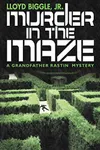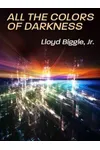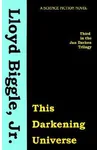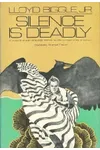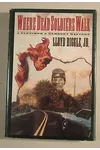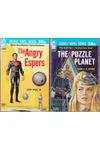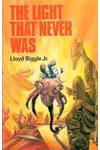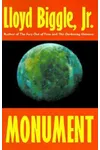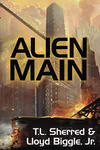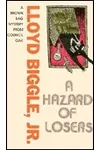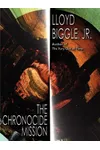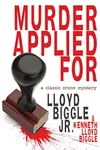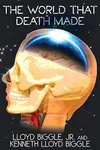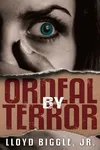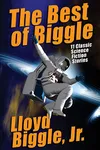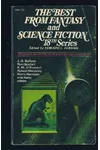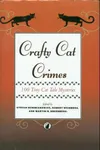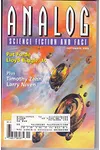Picture a storyteller who wove music and art into the fabric of science fiction, creating worlds that hummed with imagination—meet Lloyd Biggle Jr.! Born in 1923 in Waterloo, Iowa, this American author brought a unique blend of aesthetics and technology to a genre often dominated by hard science. A World War II veteran, musicologist, and founding member of the Science Fiction Writers of America, Biggle’s stories captivated readers with their cultural depth and human touch.
His career spanned decades, producing novels and short stories that remain cherished by sci-fi fans. From the matter-transmission adventures of Jan Darzek to the culturally rich tales of the Cultural Survey, Biggle’s work invites us to explore the harmony between art and innovation.
The Making of Lloyd Biggle Jr.
Lloyd Biggle Jr.’s journey began in the heart of Iowa, where he was born on April 17, 1923. His life took a dramatic turn during World War II, serving as a communications sergeant in the 102nd Infantry Division. Wounded twice, a shrapnel injury near the Elbe River left him disabled for life, shaping his resilience and perspective. After the war, Biggle pursued academia, earning an A.B. from Wayne State University and M.M. and Ph.D. degrees in musicology from the University of Michigan. His passion for music and art would later infuse his writing, setting him apart in the sci-fi world. By 1955, he began writing professionally, becoming a full-time author with the 1963 publication of All the Colors of Darkness.
Lloyd Biggle Jr.’s Unforgettable Stories
Biggle’s science fiction is a symphony of ideas, blending space opera with cultural and artistic themes. His Jan Darzek series, starting with All the Colors of Darkness (1963), follows a private eye navigating galactic mysteries via matter transmission, tackling everything from alien sabotage to cosmic threats. The Cultural Survey novels, like The Still, Small Voice of Trumpets (1968) and The World Menders (1971), explore multiculturalism and democracy through richly detailed alien societies, reflecting Biggle’s fascination with cultural research.
His short story “The Tunesmith” (1957) is a standout, a poignant tale of a musician in a commercialized future, influencing figures like Orson Scott Card and Jimmy Webb. Monument (1974), expanded from a 1961 novelette, is a clever parable about imperialism, showcasing Biggle’s knack for blending humor with social commentary. His mystery stories, including the Grandfather Rastin series and Sherlock Holmes pastiches, added historical flair, often set in Victorian England.
Biggle’s style is gentle yet thought-provoking, emphasizing human connections and the arts over technical jargon. His worlds feel alive, filled with music, art, and the clash of cultures, making his stories accessible and timeless.
Why Lloyd Biggle Jr. Matters
Lloyd Biggle Jr. left an indelible mark on science fiction by introducing aesthetics into a genre known for its scientific focus. As a founding secretary-treasurer of the Science Fiction Writers of America and founder of the Science Fiction Oral History Association, he shaped the genre’s community, preserving its voices through taped interviews. His stories, nominated for Hugo and Locus awards, inspired readers and writers to see sci-fi as a canvas for cultural exploration.
Though many of his works fell out of print, their availability as e-books keeps his legacy alive. Biggle’s ability to weave art and humanity into speculative fiction reminds us that imagination can bridge science and soul, making him a timeless figure in the genre.
- Born: April 17, 1923, Waterloo, Iowa
- Died: September 12, 2002, Ypsilanti, Michigan
- Key Works: All the Colors of Darkness, The Tunesmith, Monument
- Awards: Hugo and Locus nominations; Nebula Award for Watchers of the Dark
Snag The Tunesmith or All the Colors of Darkness and dive into Lloyd Biggle Jr.’s vibrant sci-fi universe, where music and culture light up the stars!

